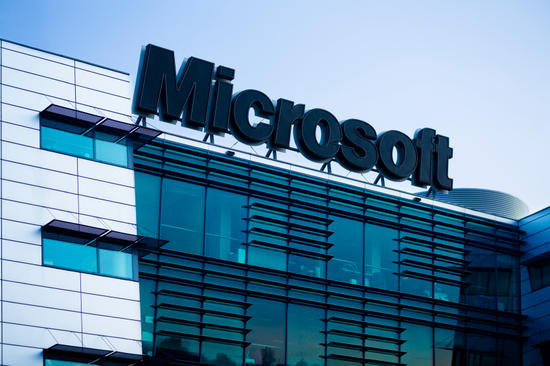Microsoft’s recent strategic pivot toward integrating Anthropic’s AI models into its Office 365 suite marks a significant shift in the competitive landscape of artificial intelligence and automation. As the technology titan moves to partially replace OpenAI’s systems, it opens up a debate on the evolving roles of AI providers like Anthropic, OpenAI, and their respective tools for businesses—specifically for small and medium-sized businesses (SMBs) that rely heavily on automation.
Anthropic’s Claude models are expected to enhance Microsoft’s flagship products—Word, Excel, Outlook, and PowerPoint—by potentially improving functionalities such as automated presentation creation and smart document editing. This integration could offer new opportunities for SMBs to streamline operations and reduce human dependency on repetitive tasks. Conversely, while the move reduces Microsoft’s reliance on OpenAI, the dynamics between these major players highlight contrasting approaches to AI-designed automation and the implications for businesses.
Cost is an important factor for SMB leaders considering these technologies. Microsoft’s Office AI tools are forecasted to maintain a price point of $30 per user per month, an attractive proposition for businesses looking to upgrade their tech stack without incurring substantial overhead. In contrast, OpenAI’s offerings, while robust, may create higher costs depending on usage and API demands, especially for more advanced capabilities. Understanding these pricing structures is essential for SMB leaders aiming to optimize their investments.
When evaluating tools, it is necessary to take into account the user experience and the depth of capabilities offered. OpenAI has become well-known for its versatile language models, making it suitable for complex tasks such as natural language processing, customer service automation, and even code generation. Anthropic, on the other hand, has rapidly built a reputation for focusing on AI safety and ethical considerations, making it a strong choice for businesses that prioritize responsible AI use in sensitive applications.
Comparably, tools like Zapier and Make have dominated the automation landscape for SMBs, enabling seamless connectivity between apps to automate workflows. While both platforms provide significant value, their strengths differ. Zapier excels in user-friendliness and extensive third-party integrations, making it a go-to for businesses that require quick and easy automations. Its straightforward setup appeals to non-technical users. In contrast, Make offers a more powerful and flexible environment for those willing to invest time in setting up complex workflows, as it allows users to orchestrate more intricate processes that can drive higher efficiency.
Evaluating the return on investment (ROI) associated with these platforms also reveals distinct differences. OpenAI’s technology may yield greater ROI for organizations with complex and specialized needs, while Anthropic’s Claude models could provide cost-effective alternatives for organizations looking for simplicity combined with robust capabilities. Also, the AI models’ performance in real-world scenarios can serve as a deciding factor; businesses should ensure that the chosen tool consistently meets or exceeds expectations.
The scalability of these platforms is another critical factor. Microsoft and Amazon’s collaboration pivots around Anthropic’s technology leveraged through Amazon Web Services (AWS), highlighting the synergies between AI capabilities and cloud infrastructure. For many SMBs, choosing a solution that ties into existing cloud services can lessen risks and complexities. Meanwhile, OpenAI’s integration into Microsoft’s ecosystem ensures that organizations leveraging Azure benefit from comprehensive features and enhanced performance.
As the AI landscape evolves, open dialogue with providers about future capabilities and product roadmaps becomes vital. Microsoft’s engagement with both OpenAI and Anthropic serves as a reminder that aligning with the right partner can provide a competitive edge. Evaluating the long-term relationship dynamics and provider stability is crucial for any SMB investing heavily in automation technologies.
Given the recent changes and ongoing discussions regarding OpenAI’s restructuring, the future of these sophisticated AI tools remains intriguing yet uncertain. SMB leaders must carefully assess their strategic direction, especially when considering asking whether their current technology partners can support their growth trajectories.
In conclusion, the evolving dynamics between Anthropic and OpenAI presents SMB leaders with both opportunities and challenges. Choosing the right automation and AI tools involves a detailed analysis of each platform’s strengths and weaknesses, pricing strategies, and growth capabilities. Organizations that can effectively align technology with their unique operational needs stand to gain significant advantages in an increasingly competitive environment.
FlowMind AI Insight: As businesses navigate the complex terrain of AI and automation, a nuanced understanding of the available tools can facilitate significant advantages in efficiency and cost-effectiveness. Engaging with multiple providers and considering how their offerings align with your organizational goals will yield the best outcomes in your automation journey.
Original article: Read here
2025-09-11 19:14:00

